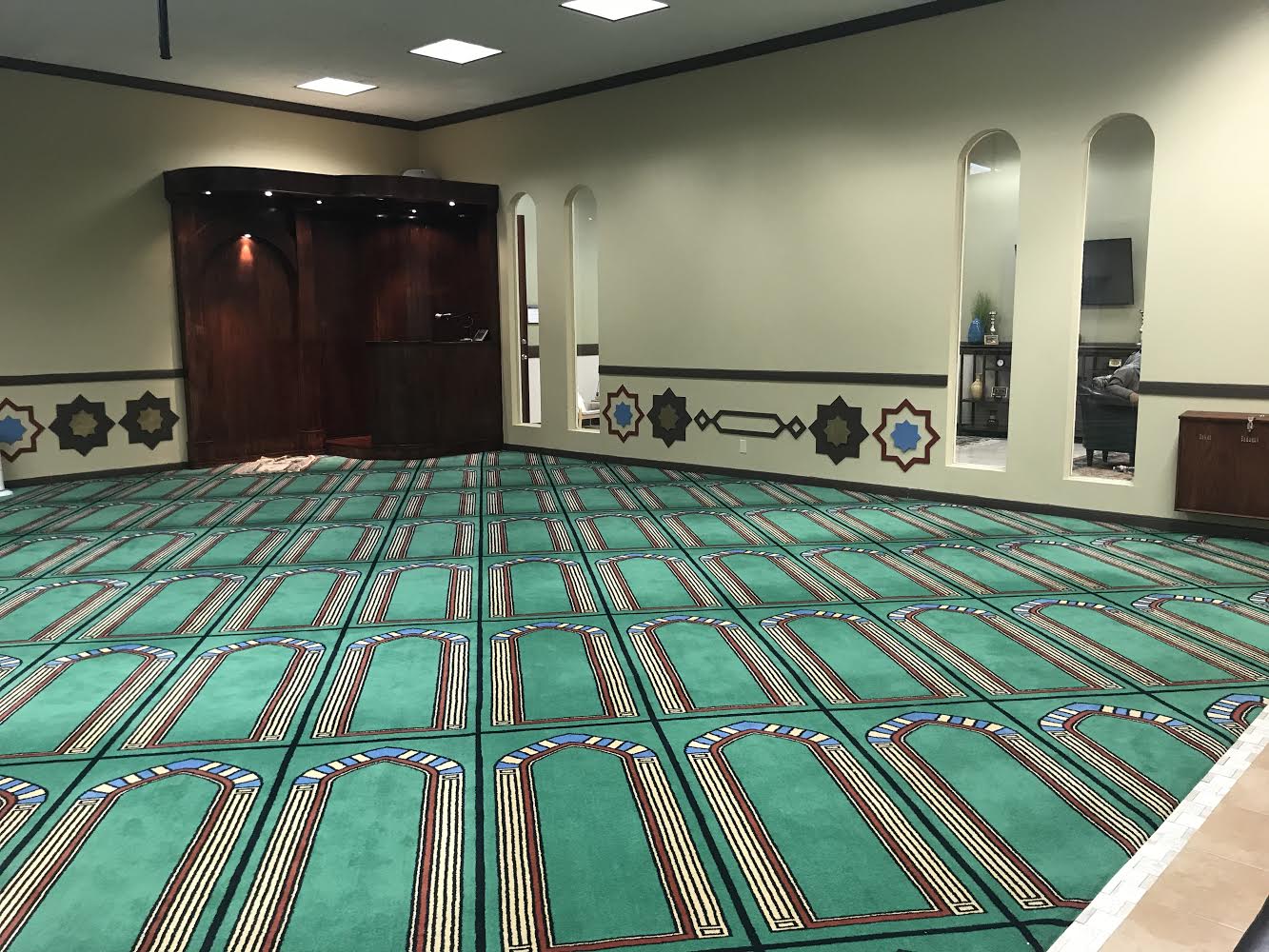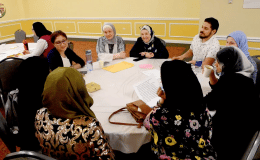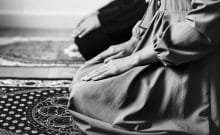By Ricardo Peña
One of the beautiful things that my wife and I share is that we both love to go out to dinner. Every once in a while I take her out on a dinner date, which has become often enough that we’ve gotten to know quite a few restaurants over the years. As with anything that is regularly practiced we’ve grown quite familiar with much of the nuance associated with the restaurant business from the point of view of a patron. One of the things that we’ve noticed about our visits has to do with the simple act of ordering tea.
We love to have a cup of tea after our meal and the situation usually unfolds something like this. We ask the server for tea, select our blend, ask them to provide sweetener, and then off they go. When the tea is delivered, nine times out of ten the server doesn’t bring a spoon to stir the sweetener into our tea. Now is this a big deal? Not at all. We’ve never complained, it has never impacted the tip we’ve given, and it has never carried much weight in terms of how we view the restaurant. But after having to ask for a spoon so many times we couldn’t help but wonder.
Shouldn’t the server deduce that if we ask for sweetener that clearly it would require a utensil of some sort to stir the sweetener into the tea and that therefore they should provide it? Well, the better server always brings the spoon and we find that the better servers are quite rare. One would think that this is common sense but as the saying goes, common sense isn’t so common. However, the point of this isn’t about common sense or a lack thereof but rather it is about the fact that this phenomenon speaks to the greater dynamic of empathy.
Empathy, the ability to understand and share the feelings of another, is a basic feature of humanity that when properly utilized would seem like a superpower. Indeed you will find that in the example of our beloved Prophet (saw) there are many stories and teachings where he exemplifies this characteristic. In Book 1 Hadith 224 of Imam Bukhari, the Prophet (saw) says,
“The believers in their mutual kindness, compassion and sympathy are just like one body. When one of the limbs suffers, the whole body responds to it with wakefulness and fever.”
The Prophet (saw) consistently acted in a way that demonstrated a deep understanding of what others were going through. It was one of the many qualities of his character that made everyone love him so much. All we have left of him today are words on a page about his life and his character but it is enough to move our hearts to love him and expose our tears in admiration, a superpower indeed.
This is a lesson that requires no teaching. I think we can all agree that empathy is one of the qualities of any good person Muslim or not, but herein lies a challenge. Having and demonstrating empathy is much easier said than done.
My wife and I recently visited Houston, Texas and had the pleasure of taking some time to visit a unique Islamic Center while we were there. It is the center known as “Islam in Spanish” located in west Houston. It is a center that was established to respond to the needs of Latino Muslims and to address the task of giving dawah to the Latino community. Sheikh Isa Parada, one of the center’s founders and leaders, gave us a tour explaining the history of its establishment and the reasoning behind some of the things they did. What I came to appreciate was that there were some particular features of the center that demonstrated a deep understanding of the convert experience.
Sheikh Isa brought us to the musallah, a small prayer area by comparison to most mosques and led us inside. The first thing he pointed out was that the tile floor from outside the prayer area extended into the prayer area all the way to the far wall. It formed a sort of ceramic sidewalk complete with benches and a potted tree in the corner. It was the first thing I noticed as being rather different so I was happy when he explained without my asking that the benches were for non-Muslims who visit the center to sit and observe. It is not uncommon to have seating areas for visitors, but the tile floor in the musallah is different. It was made so that visitors wouldn’t have to take their shoes off. As a convert I can tell you that many non-Muslims are simply not accustomed to taking their shoes off in the home or anywhere else and it can feel weird to do so. This tiled floor was a nice subtle touch that addresses that little feeling of awkwardness that most Muslims wouldn’t understand.
Another feature of the musallah was the tall, narrow windows allowing one to see inside. Again, this isn’t really out of the ordinary, but as Sheikh Isa explained, they had to have those windows cut and built into the wall when they could have easily left the wall as-is. Instead, they had the windows built specifically for the purpose of allowing non-Muslims to observe from the outside to address those who might feel uncomfortable about being in a prayer area feeling as though they are compromising their own faith. It is the intention behind the creation of these windows that makes this addition admirable.
The center also boasts a state-of-the-art multimedia recording studio, a lecture hall, and a museum section displaying information about the history of Islam in Spain. All of them are great things but personally I found that the manifestation of empathy, the understanding of the convert perspective woven into the fabric of the center, was the most impressive. From the way the musallah was designed to the Friday jummah khutba delivered in both English and Spanish, this place that was established by converts for converts isn’t just a center, it is an experience.








Leave a Comment